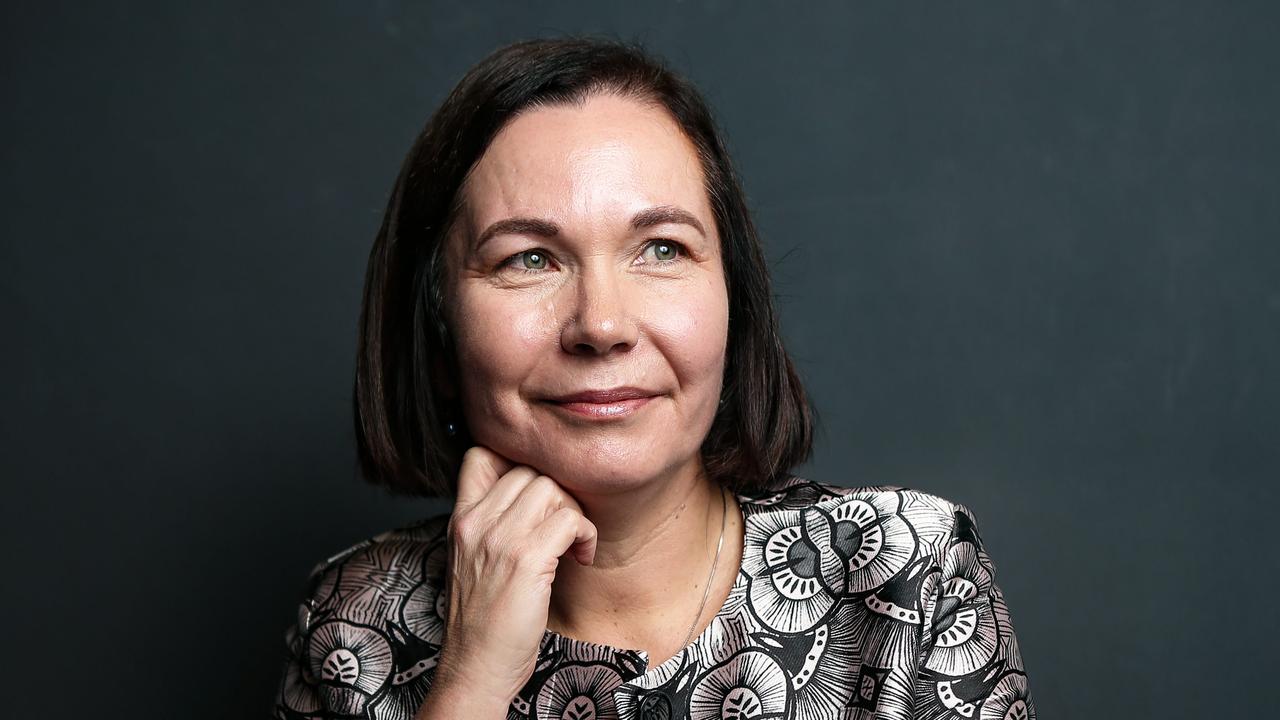Fish deaths dredge up Great Barrier Reef heritage row
THE Great Barrier Reef World Heritage area should be redrawn to exclude Gladstone Harbour, says the city's Ports Corporation.

THE Great Barrier Reef World Heritage area should be redrawn to exclude Gladstone Harbour, says the Ports Corporation responsible for the nation's biggest dredging operation, which is being blamed for an explosion in fish disease and deaths.
The multi-billion-dollar Curtis Island liquefied natural gas project within the World Heritage-listed area in Gladstone has raised alarm at UNESCO headquarters in Paris and prompted a delegation to visit Australia in March to review the impact of all proposed resource developments along the Queensland coastline.
In response, Gladstone Ports Corporation chairman Ian Brusasco has written to all state and federal MPs asking them to consider redrawing the World Heritage area boundary, which extends to the low-water mark, to match the Great Barrier Reef Marine Park, which ends offshore.
Work is already under way to dredge 46 million tonnes of sediment from Gladstone Harbour as part of the $30 billion Curtis Island project to export coal-seam gas to Asia. A sharp rise in diseased fish and crustaceans in Gladstone since dredging work began to allow LNG carriers to access the harbour has caused widespread anger. The Ports Corporation insists the dredging is not responsible for the fish disease and deaths, which it says started before dredging commenced. Large numbers of dead turtles, dugongs and dolphins have been discovered along the Queensland coastline this year but authorities say this has been due to loss of feeding grounds as a result of last summer's floods.
The Queensland government and the Ports Corporation are waiting for the results of a top-level review of the scientific investigation into the outbreak of fish disease, which has so far failed to find a definitive answer.
Gladstone Fish Market owner Simon Whittingham has banned the sale of seafood from Gladstone harbour despite a state government ban having been lifted. He said his retail business was down 35 per cent and wholesale business down 65 per cent. "In September last year, I had 110 people working for me; now I have got about 20 and they are leaving," he said. "I think long term the community will see my decision-making to keep the ban in place was the right thing to do because I am getting fish we know are not right."
The scientific review is due in the next two weeks and Queensland Department of Environment and Resource Development director-general Jim Reeves said that, if the dredging were found to be responsible, "we will have to deal with that".
"We may have to adapt or modify the dredging practices," Mr Reeves said. "We are not interested in dredging at all costs."
In June, the World Heritage Committee noted "with extreme concern" that approval had been granted for the construction of LNG processing and port facilities on Curtis Island.
In a letter to all MPs dated December 7, Mr Brusasco said: "It is important to point out that when the Great Barrier Reef World Heritage Area was gazetted in 1981, it included all of Gladstone Harbour to the low-water mark.
"As a result, every pre-existing wharf centre in Gladstone Harbour was incorporated into the area." Ports Corporation chief executive Leo Zussino said it was ridiculous to have a commercial port in the World Heritage area.
"If the World Heritage designation was to protect the values in the Great Barrier Reef, then align the boundaries with the GBR marine park," Mr Zussino said.
"The GBR marine park has been put in place with a lot more science than the World Heritage area."
Federal Environment Minister Tony Burke said the World Heritage boundaries were established when Joh Bjelke-Petersen was premier of Queensland.
"They have been established for a long time and records show that the Queensland economy has been able to grow sustainably without being threatened by the current boundaries," Mr Burke said.
Greens environment spokeswoman Larissa Waters said the Ports Corporation call was an admission that "their massive dredging program is an environmental disaster that does not belong in a World Heritage area".
"It's the mass dredging that should be stopped, not the World Heritage listing," Senator Waters said.
"Dredging 46 million cubic metres of seabed in a World Heritage area should never have been allowed by the federal government, and the visit by UNESCO in March will shine an international spotlight on how reckless this government is being with our reef."




